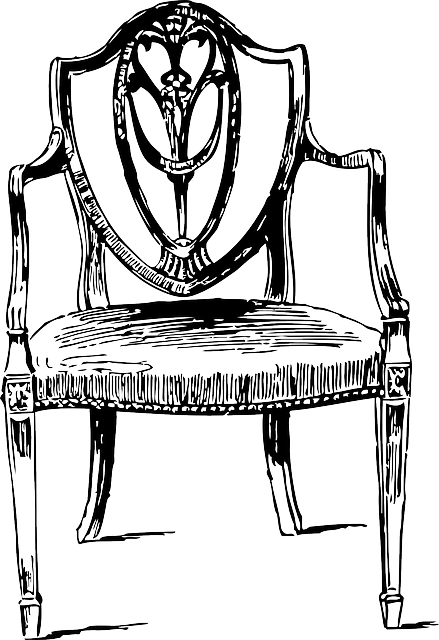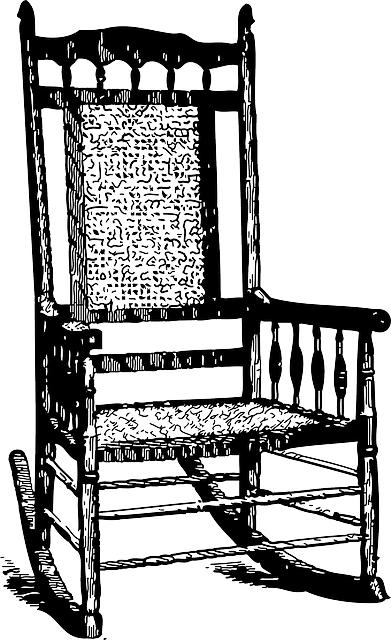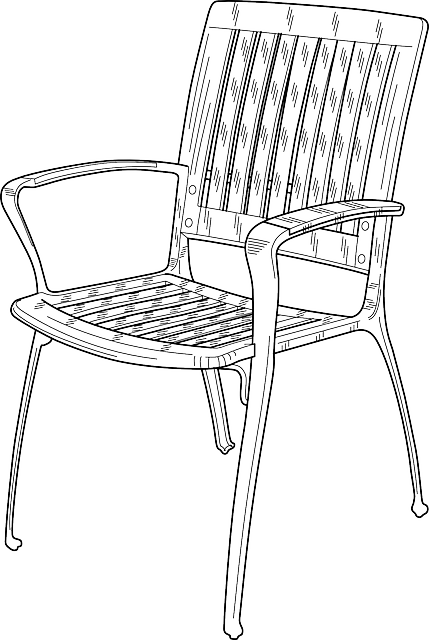




Test Zine Post Blah blah Blahhh
Detailed Description
- Structure & Composition:
- The pattern consists of a meticulously crafted grid with overlapping diagonal lines forming a series of diamond and square shapes. Within these shapes, finer lines subdivide the space into smaller rectangles and squares, creating a nested or fractal effect.
- The alignment and density of the grid provide a layered, dynamic effect, where some areas appear denser than others, adding visual texture.
- Visual Texture:
- The crossing lines create an almost woven appearance, reminiscent of textile designs or architectural meshes. The subtle irregularity of line weight and spacing lends it a slight organic feel despite its geometric precision.
- Color/Contrast:
- Monochromatic (likely black or dark gray on white), which is typical for cost-effective printing in mass production. The lack of color ensures simplicity while emphasizing the geometric intricacies.
Ideas for Naming
- “Diagonal Crossweave” – Highlighting the intersecting diagonals and woven quality.
- “Privacy Mesh” – A nod to its primary function as a security measure.
- “Gridded Lattice” – Suggesting the strong geometric framework and repeating nature.
- “Optical Shield” – Referring to its purpose of obscuring visibility while providing a pleasing optical texture.
- “Modernist Weave” – Reflecting the blend of function and minimalist aesthetics.
Historic Influences
- Modernism and Bauhaus:
- The clean lines, simplicity, and functional roots tie directly to the Bauhaus ethos of “form follows function.” The geometric focus resonates with the Modernist preference for clarity and utility.
- Look up: “Bauhaus grid design” or “Modernist textile patterns.”
- Textile Weaving:
- The pattern mimics traditional weaving techniques, where threads cross at right angles to form fabric. The grid-like repetition is reminiscent of early industrial textile production.
- Look up: “Jacquard loom patterns” or “19th-century industrial textiles.”
- Optical Art (Op Art):
- While not overtly psychedelic, the dense crossing lines and resulting moiré-like effects have parallels with 1960s Op Art, which played with perception and visual depth.
- Look up: “Bridget Riley patterns” or “Op Art grids.”
- Architectural Screens and Lattices:
- The crisscross structure echoes architectural motifs, such as latticework used for ventilation or privacy in traditional and modern buildings.
- Look up: “Arab lattice patterns” or “architectural screen designs.”





